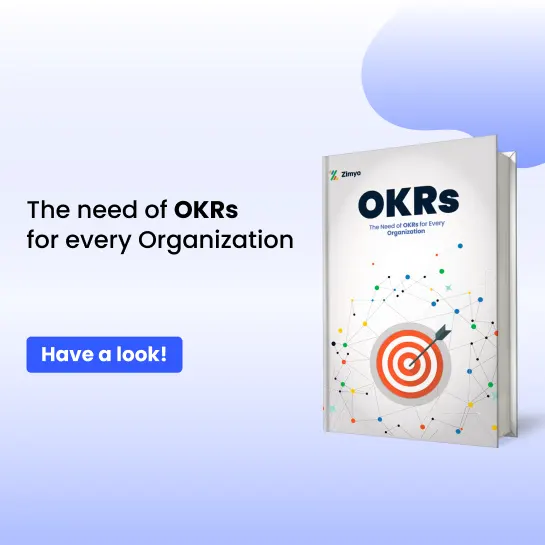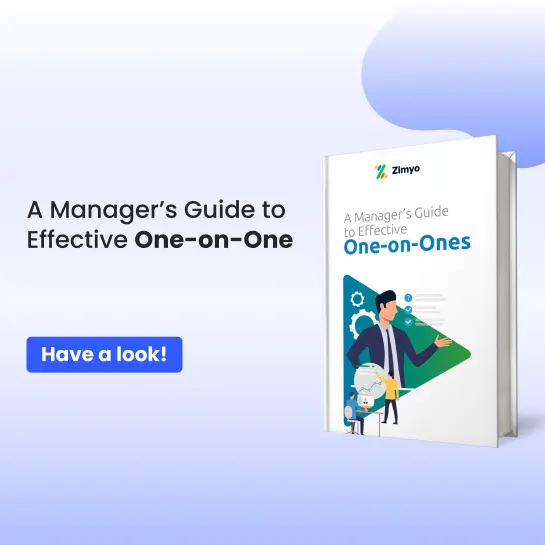A UI/UX Designer is responsible for creating intuitive, engaging, and visually appealing digital experiences for users. The role combines user research, wireframing, prototyping, visual design, and usability testing to ensure products are not only functional but also delightful to use. UI/UX Designers play a crucial role in shaping the end-user experience.
These interview questions evaluate the candidate’s design thinking, problem-solving approach, creativity, technical proficiency, and understanding of user behavior. It also assesses their ability to collaborate across product, development, and marketing teams.
Interview Questions with Tips on How to Answer
1. Can you walk us through your design portfolio?
How to Answer:
- Highlight 2–3 key projects with context: problem, approach, outcome.
- Emphasize your role, tools used, and impact on user experience or business.
- Be ready to show iterations and explain your design decisions.
2. What’s your design process from start to finish?
How to Answer:
- Structure your response:
Research, Define, Ideate, Wireframe, Prototype, Test, Iterate
- Support each stage with a real-life project example.
3. How do you balance user needs with business goals?
How to Answer:
- Show that you consider both sides and look for overlap.
- Talk about user personas, KPIs, and prioritizing features that benefit both.
- Example: Improving UX on a checkout page to reduce cart abandonment.
4. How do you incorporate user research into your design?
How to Answer:
- Mention techniques: surveys, interviews, usability tests, heatmaps.
- Explain how insights influenced your design choices.
- Talk about adapting designs post-feedback.
5. What tools do you use for UI/UX design and why?
How to Answer:
- Mention tools across stages:
- Wireframing: Figma, Sketch, Adobe XD
- Prototyping: InVision, Axure
- Research: Maze, Lookback
- Explain the context in which you use them.
6. Tell us about a project where you solved a complex UX problem.
How to Answer:
- Use the STAR method.
- Focus on the user challenge, constraints, and how your solution improved usability or engagement.
7. How do you validate your design decisions?
How to Answer:
- Reference data-backed decisions: A/B testing, analytics, user testing.
- Mention the importance of feedback loops.
8. What’s the difference between UI and UX — and how do you approach both?
How to Answer:
- Keep it simple: UX = experience flow; UI = visual interface.
- Talk about how you approach both holistically, starting from user journey mapping to high-fidelity UI.
9. How do you handle feedback from developers, product managers, or clients?
How to Answer:
- Show that you listen, ask clarifying questions, and iterate.
- Highlight an example where feedback improved the final product.
10. Describe a time when your design was rejected. How did you handle it?
How to Answer:
- Don’t be defensive. Focus on how you learned, adapted, and improved the outcome.
- Emphasize collaboration and flexibility.
11. How do you stay updated with UI/UX trends and tools?
How to Answer:
- Mention design blogs (Smashing Magazine, UX Collective), Dribbble/Behance, or online courses.
- Show you’re proactive about evolving as a designer.
12. How do you ensure accessibility in your designs?
How to Answer:
- Talk about WCAG guidelines, color contrast, keyboard navigation, and screen reader compatibility.
- Mention using accessibility testing tools like Wave or Stark.
13. What role does UX writing or microcopy play in your design?
How to Answer:
- Emphasize clarity, tone, and user direction.
- Give examples of how microcopy reduced confusion or improved conversion.
14. How do you approach designing for mobile vs desktop?
How to Answer:
- Discuss responsive design, prioritizing content, and mobile-first approach.
- Share examples of adapting layouts across devices.
15. How do you manage tight deadlines while maintaining design quality?
How to Answer:
- Mention task prioritization, working in sprints, and using design systems or reusable components.
- Example: Scaling quickly for a product launch without sacrificing usability.
16. What is your approach to collaborating with cross-functional teams?
How to Answer:
- Focus on regular communication, shared tools (e.g., Figma + Slack), and alignment meetings.
- Showcase your adaptability and teamwork.
17. How do you define and measure UX success?
How to Answer:
- Mention metrics: bounce rate, time on task, task success rate, NPS.
- Tie your design changes to measurable improvements.
18. Have you ever worked with a design system? What was your role?
How to Answer:
- Explain your contribution to maintaining or creating a component library.
- Emphasize consistency and scalability.
19. How do you present your design ideas to stakeholders?
How to Answer:
- Mention storytelling, before/after comparisons, and focusing on business value.
- Talk about using prototypes to demonstrate user flow.
20. What’s one UX mistake you made, and what did you learn?
How to Answer:
- Be honest and self-reflective.
- Show how it led to a better understanding of users or processes.
21. What kind of products do you love designing and why?
How to Answer:
- Align your answer with the company’s domain or values.
- Highlight your design interests: dashboards, apps, e-commerce, etc.
22. Where do you see yourself in 3–5 years as a designer?
How to Answer:
- Share a growth path like senior designer, UX researcher, product design lead.
- Emphasize learning and leadership.
23. Do you have any questions for us?
How to Answer:
- Ask about the design team structure, tools they use, project types, or design culture.
- It shows genuine interest and curiosity.


